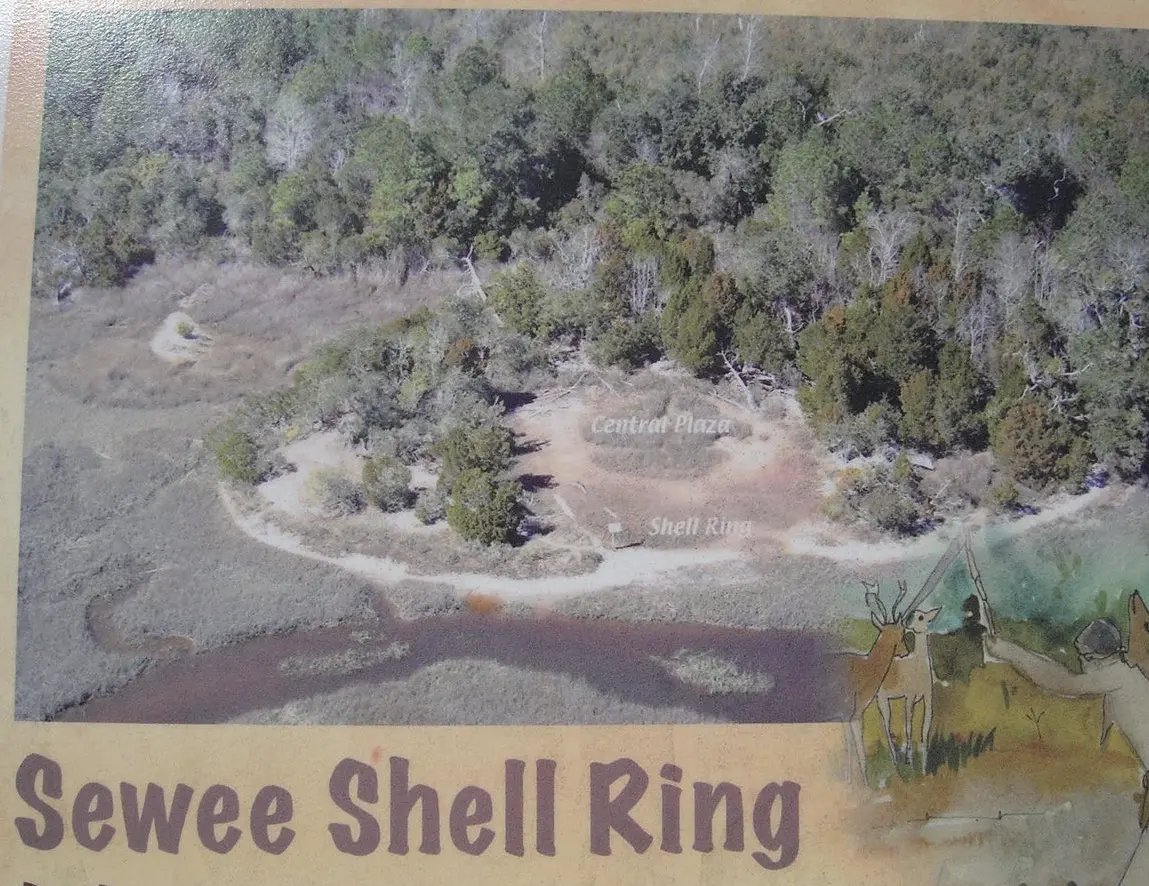
How many of us, as children, dressed for a Thanksgiving play in elementary school, adorned in either Pilgrim or Native American costumes?
We learned that the Native Americans in Plymouth, Massachusetts, taught the Pilgrims how to plant corn and helped them survive their first winter in the New World. After the first successful crop was harvested, they supposedly all sat down together for the first Thanksgiving dinner.
The story has been told – and performed – by generations of American children. How much of the story is fact and how much is fable is beside the point. The takeaway was that the help from the Indigenous people was crucial to the survival of the new residents to America.
So what about in our area? Did the Europeans who arrived here five decades later sit down for a feast with the native people on our coast? In short, the answer is no, at least not in the traditional sense.
“Island People”
The first Europeans to arrive in South Carolina were Spanish explorers in search of gold. They landed near present-day Georgetown in 1521, a century before the Pilgrims came to the New World. The Indigenous people were trusting of the newcomers, as they had never seen ships nor beards like those worn by the travelers and viewed them as God-like. But the Spanish explorers took advantage of the natives’ adoration, welcoming many of the tribesmen and women onboard and then departing to the Caribbean with the trusting passengers to sell them into slavery there.
The various coastal tribes of South Carolina were collectively referred to by Europeans as Cusabo, or “island people.” But it was the Sewee tribe who inhabited the land stretching from the Santee to Cooper rivers and the sea islands on the coast. In what is now Mount Pleasant, they lived in small villages from Awendaw southward to Mockand (now a part of Boone Hall Plantation), but spent much of each year on Dewees Island and the Isle of Palms. The reason? Rather than hauling their catch from the sea back to their villages, the Sewee simply spent summers on the islands, taking advantage of the sea breezes and avoiding the plague of mosquitoes that infested the woodlands several miles inland.
Sewee (Shee-a-wee)
When the first English settlers arrived in Bulls Bay in 1670, the Sewee welcomed them, greeting them with friendly shouts and directing them as to where to come ashore. Some men of the tribe even swam out to meet the boat of new arrivals. The Sewee recognized that the physical appearance of the Englishmen was different from that of the Spaniards, and they hoped these newcomers would help protect their tribe from exploitation. One of the English passengers, Nicholas Carteret, wrote “When we came ashore, they stroked us on our shoulders with their hands,” apparently a customary greeting akin to a warm handshake, and used the words “appada” meaning peace and “hiddie dod” or great kindness. The natives called these white men “Bony Conrary Angles,” somewhat of a blend of Spanish and English they had picked up from previous explorers and translated as Good Friends Englishmen.
At this first encounter, the Sewee, who called themselves Shee-a-wee, carried the leader of the English group on their shoulders to the home of their tribal leader and served their guests nuts and root cakes. A business transaction was made when the Sewee offered deerskins and furs to the Englishmen in exchange for knives and tobacco. Over time, trade became well-established between the two groups, with the skins and fur of wolf, bear and bobcat being additional commodities the Sewee could provide their white friends. The Sewee introduced the settlers to agricultural practices, including the growing of pumpkins, watermelons and two or three crops of corn a year and even shared food with them when the colonists’ supplies ran short. The Sewee also educated the European settlers on the medicinal practice of using Cassina tea, roots, berries and nuts which, according to the English surveyor general, “hath been often found to heal an Englishman of a malady that many a white physician had deemed incurable.” Unfortunately, however, the Sewee had no remedy for smallpox, a deadly disease introduced to them by their European friends.
The Sewee were not known to travel far from their villages, preferring to remain there and avoid enemy tribes such as the Yamassee who lived south of peninsular Charleston. But during the Yamasee War (1715-1718), the Sewee aided the white colonists in the conflict with the Yamassee and their allies.
“The Indians all about us are our friends”
One of the early English settlers in the East Cooper area wrote in a letter to Lord Anthony Ashley Cooper on Aug. 30, 1671, that “The Indians all about us are our friends.” They were amicable neighbors for decades, but by 1715, there was no further mention of the Sewee tribe in written documentation recorded by the Englishmen. Local historian Anne King Gregorie surmised, “Inevitably, as east of the Cooper was one of the earliest places in the state to be occupied by white men, so it was one of the first to lose its aborigines.”
Although there may not have been a Thanksgiving here like the one that played out in Plymouth in 1621, the white settlers who shared the Sewees’ land had much for which to thank them.
By Mary Coy




Leave a Reply